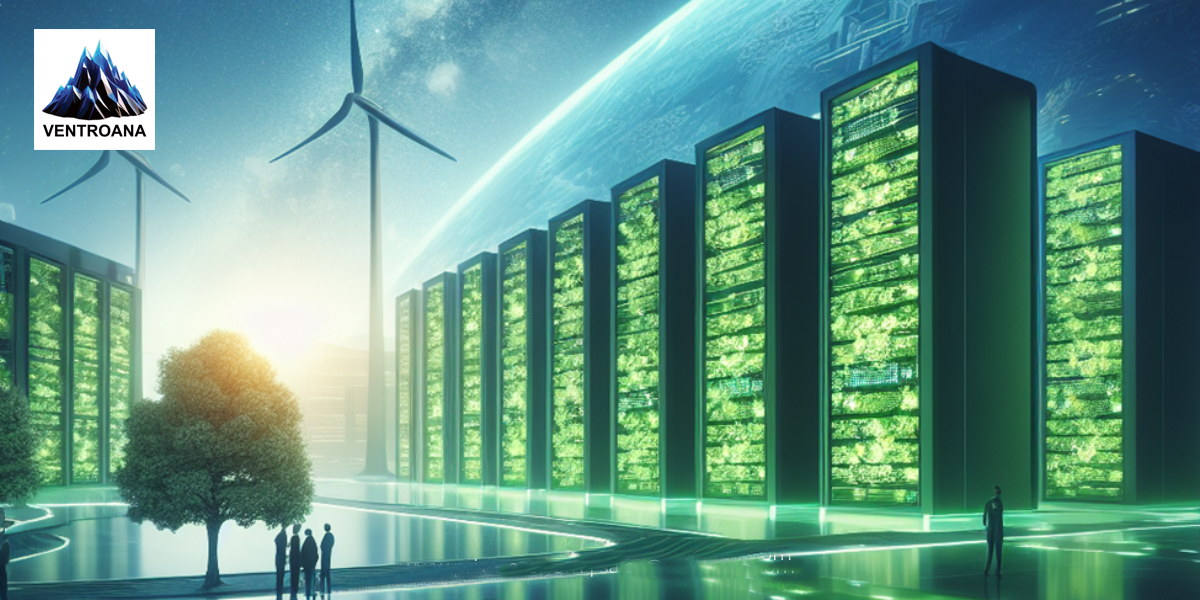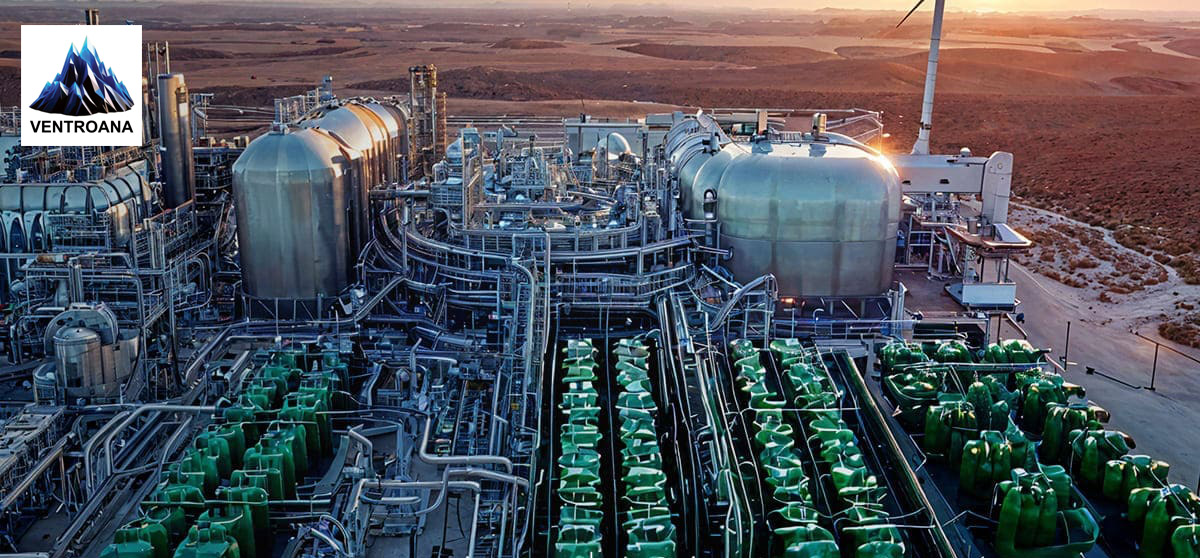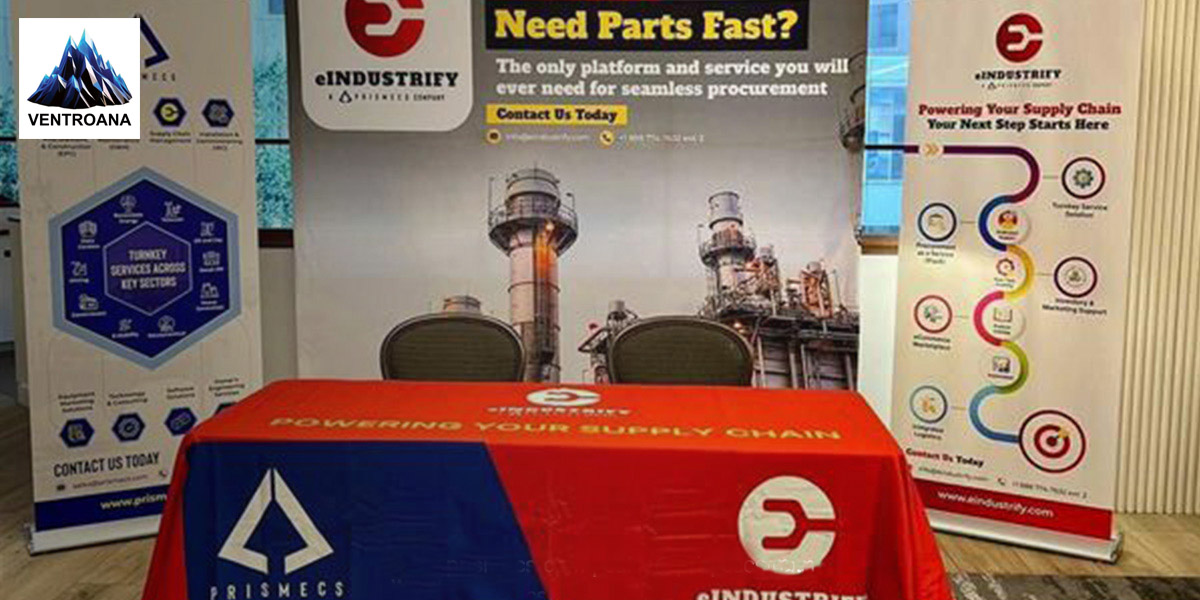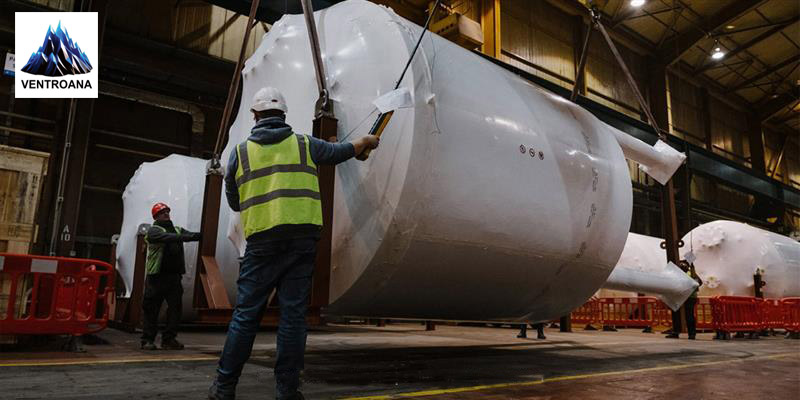Data Centers
July 26, 2024

In the advanced technological landscape, data centers have become integral to nearly every industry. They support the essential infrastructure powering our digital world, encompassing cloud storage, streaming services, e-commerce, and financial transactions. Businesses are increasingly looking into the environmental impact of traditional data centers because they rely on digital resources. The rise of green data centers is reshaping our approach to data storage and management.
A green data center maximizes energy efficiency and minimizes environmental impact, emphasizing sustainability to reduce the carbon footprint associated with data processing and storage.
Traditional data centers are notorious for their massive energy consumption and substantial carbon emissions. The sheer volume of electricity required to power servers and maintain optimal operating conditions is staggering.
The Department of Energy reports that data centers consume about 2% of the total U.S. electricity. This accounts for a significant carbon footprint, aggravating global climate change concerns.
Green data centers are designed with sustainability at their core. They incorporate renewable energy sources, advanced cooling technologies, and innovative design principles to minimize environmental impact. Here's why your business should invest in green data centers now.
One of the primary benefits of green data centers is their ability to significantly reduce power consumption. Traditional data centers often rely on energy-intensive cooling systems to keep servers from overheating. In contrast, green data centers employ cutting-edge cooling technology such as air cooling, hot and cold aisles, and waste heat recovery systems. These methods are not only more efficient but also more cost-effective in the long run.
Implementing air cooling and hot aisle/cold aisle containment strategies can reduce the need for power-hungry air conditioning units and lower power usage effectiveness (PUE). A lower PUE means more energy is used for computing and less for cooling, reducing operating costs.
Green data centers often leverage renewable energy sources such as solar, wind, and hydroelectric power. By tapping into these sustainable resources, businesses can further reduce their carbon footprint and reliance on fossil fuels. This shift supports environmental goals and meets the demand for corporate responsibility.
Carbon Usage Effectiveness (CUE) is another crucial metric for evaluating the environmental impact of data centers. It measures the total CO2 emissions produced per unit of energy the IT equipment consumes.
Join the movement toward green data centers, where we prioritize achieving low CUE values through energy optimization and the implementation of carbon-neutral or carbon-negative technologies.
Green data centers are designed to meet environmental standards such as the LEED certification, which recognizes high performance in energy efficiency, water conservation, and indoor environmental quality.
Achieving LEED certification can provide a competitive edge for businesses. It signals to customers, partners, and investors that the company is dedicated to sustainable practices and is taking tangible steps to reduce its environmental impact.
Effective cooling is essential for data center operations, and traditional cooling systems are typically energy-intensive and inefficient. Green data centers employ innovative cooling technologies to address this challenge.
For example, many utilize free cooling, which takes advantage of naturally cool ambient air to reduce the need for artificial cooling. Liquid cooling and geothermal cooling are advanced methods that improve energy efficiency and enhance the reliability and lifespan of data center equipment.
Green data centers prioritize waste reduction and resource efficiency. This includes recycling electronic waste, using sustainable building materials, and optimizing data storage practices to reduce physical space requirements. By minimizing waste and maximizing resource efficiency, green data centers contribute to a circular economy and promote sustainable business practices.
Energy Star is a program established by the Environmental Protection Agency (EPA) to promote energy efficiency. Data centers that meet Energy Star standards have demonstrated superior energy performance compared to conventional facilities. Investing in green data centers that comply with Energy Star and other relevant standards ensures that businesses are at the forefront of energy efficiency and sustainability.
The shift towards green data centers is not just a trend; it is a necessary evolution in the face of growing environmental concerns. The demand for sustainable business practices is growing. By investing in green data centers, businesses can reduce their power consumption, and operating costs, utilize renewable energy sources, and minimize their carbon emissions.
Our expertise in designing and managing green data centers ensures not only optimal performance but also a commitment to reducing environmental impact. By choosing Ventro Analytics, you align your business with industry-leading practices that prioritize efficiency, scalability, and sustainability. As data demands continue to rise, our expertise ensures that data centers remain both high-performing and environmentally responsible.
Invest with us today to secure an eco-friendly data infrastructure that supports your business growth and contributes to a sustainable future. To avail of our green data center services, email us at sales@ventroana.com.
A green data center focuses on minimizing environmental impact through energy efficiency, renewable energy sources, and efficient waste management practices.
Investing in green data centers can lead to significant cost savings through reduced energy consumption, enhancing your company's reputation by demonstrating a commitment to sustainability, and ensuring compliance with increasingly stringent environmental regulations.
Green data centers reduce energy consumption by using energy-efficient servers, advanced cooling techniques, virtualized environments, and renewable energy sources like solar, wind, or hydropower.
While the initial setup cost for green data centers can be higher due to the investment in energy-efficient technologies and sustainable materials, the long-term savings on energy costs and potential tax incentives can offset these initial expenditures. Over time, the return on investment (ROI) can be substantial.
Long-term financial benefits of green data centers include lower operational costs, potential tax incentives, enhanced brand value, longer lifespans, and lower maintenance costs.
Tags: Green Data Centers Sustainable Tech Eco Friendly IT Energy Efficient Data Centers Renewable Energy Carbon Neutral Data Centers

Successful Implementation of Green Hydrogen in Power Plants
Discover how green hydrogen revolutionizes power plants with sustainable energy solutions, reducing ...

Driving Innovation and Resilience: Insights from the 10th Annual Energy Supply C...
Gain insights on driving innovation and resilience at the 10th Energy Supply Chain & Procurement Sum...

Understanding EPC Engineering: Key Concepts Explained
Discover the essentials of EPC Engineering, covering contracts, project phases, and roles of EPC con...